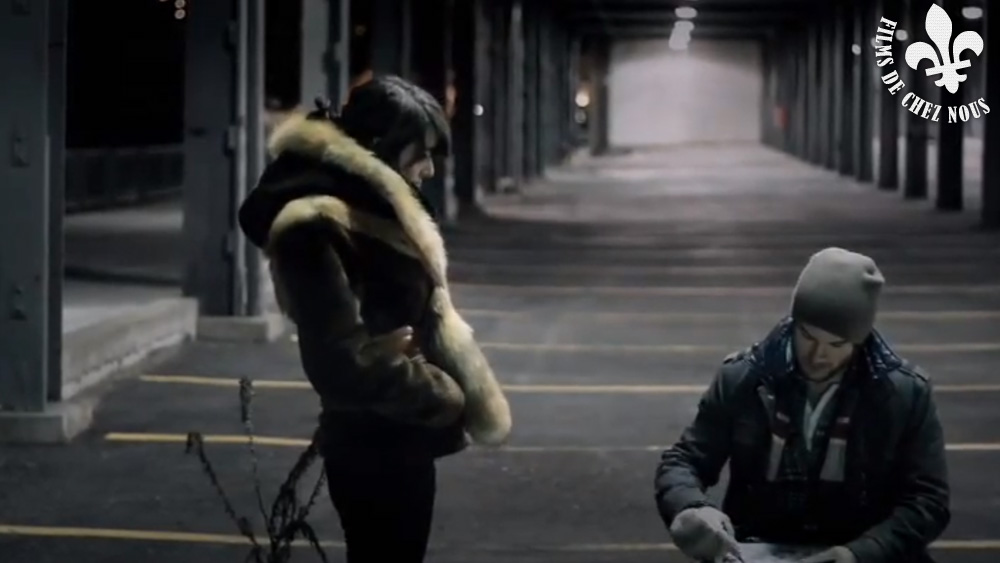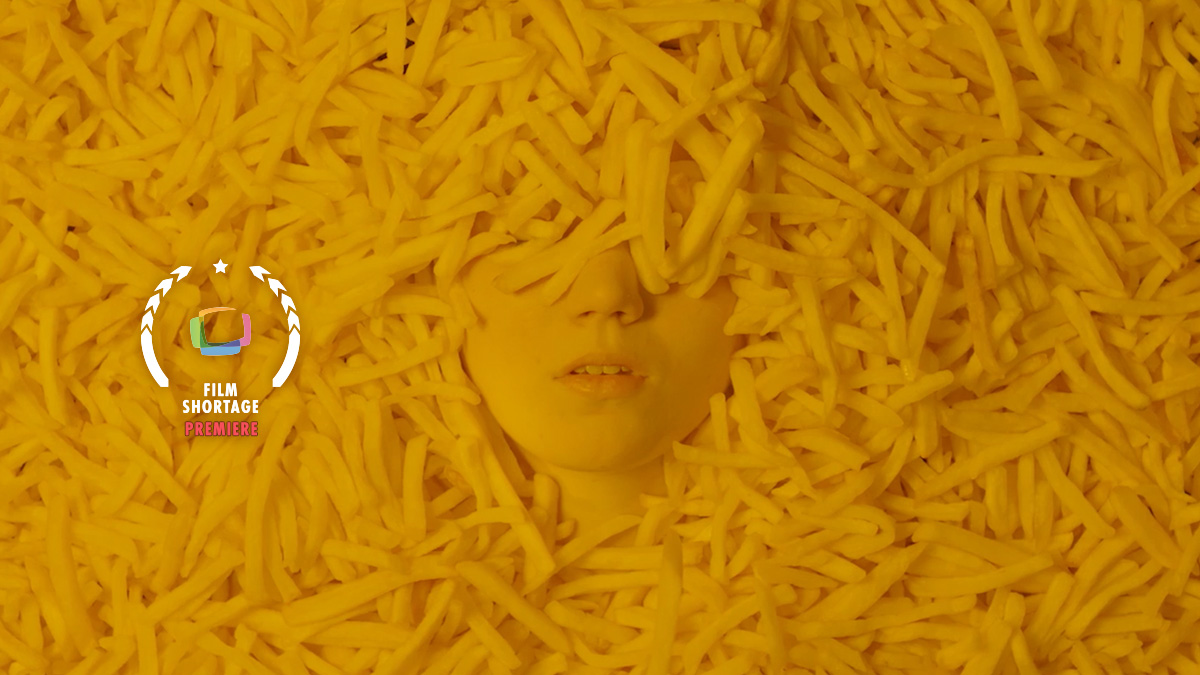A very short story about love, separation, and having to say goodbye.
Auroras takes place in the 22nd century, where a female cyborg is called on a mandatory mission, forcing her to leave her greatest love. Both despondent from the separation, one departs on a life changing journey to a place which redefines imagination. The film blows us away with its magnificent cinematography highlighted by an extraordinary array of colors. Along with its visuals, Auroras grasps us with it’s rather powerful storyline:
The filmmaker decided to set the story about two women after he saw the iconic picture of Naval Officers Marissa Gaeta and Citlalic Snell kissing after Gatea had returned from extended military service. This then gave the film so much more substance, meaning, and brought a whole deeper dynamic to the story then if it was about a male and a female because it was a more politically relevant story about the time it was being made in. Perfect for science fiction since most sci-fi is not about the future, it’s about the period in which it’s created.
The film is aesthetically brought together incredibly through 3 years of side work from Niles Heckman. He shot the film in his living room with a tiny crew.
The quite feminine storyline has a very Japanese influence. It’s rumored in Japan that a child conceived under the northern lights is considered to be extremely good luck and Japanese tourists will visit Alaska in the winter for just that reason. This was the motivation for making the loved one character pregnant and ties in with much of the symbolism of the film as well.
The influences in Auroras were plenty, getting hints of color palettes from a film like Blade Runner, but the outcome was an incredibly unique and immersive futuristic world. Niles released a voiceless instrumental version of the film, and it’s just as mesmerizing.




